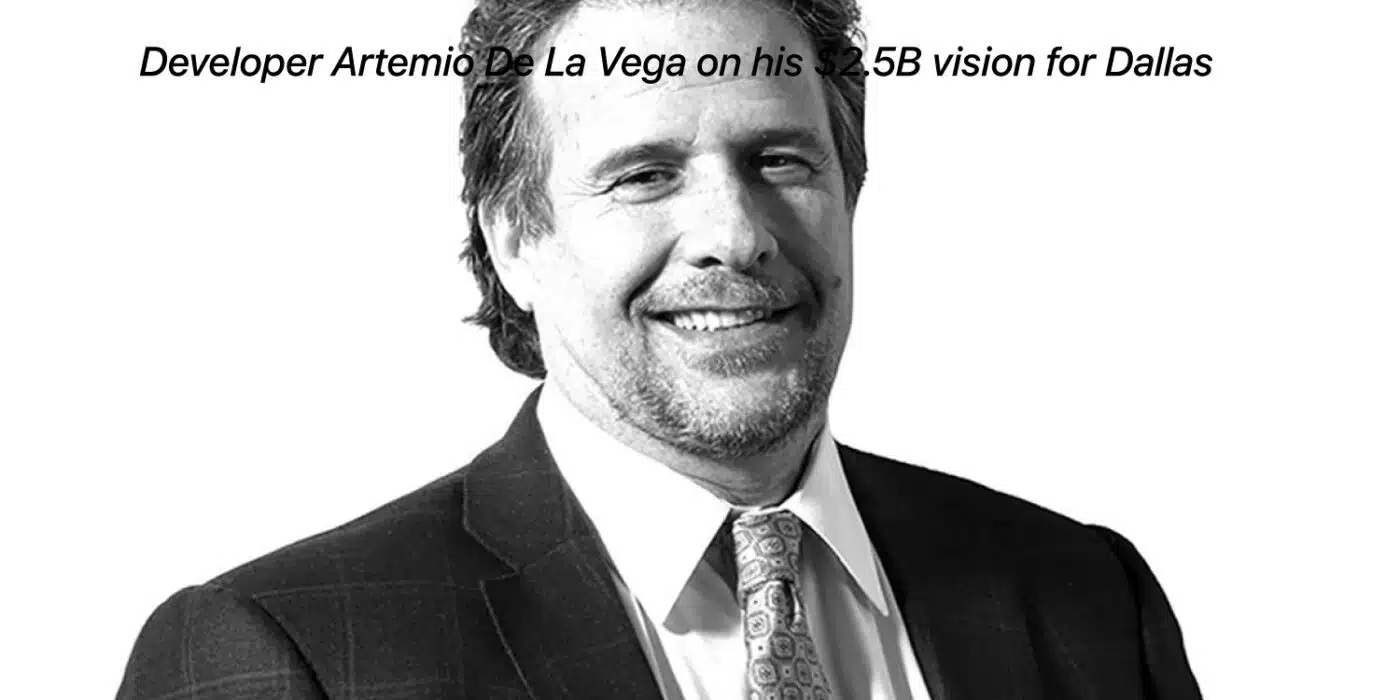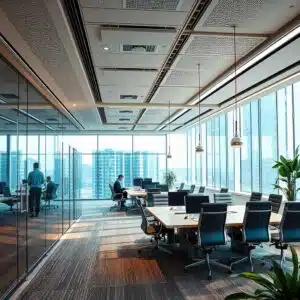Artemio De La Vega’s $2.5B Vision for East Dallas: Transforming a Forgotten Neighborhood
When discussing significant urban development in Dallas, the name Artemio De La Vega resonates with visionary ambition. His latest venture, The Central, a $2.5 billion mixed-use project, aims to bring long-overdue luxury and modernization to the historically overlooked East Dallas. But what does this monumental project mean for the community, and how does it compare to the urban renaissance occurring west of U.S. Route 75?
Let’s dive into how this development is set to shape the city’s future and why De La Vega is the driving force behind it.
A Dividing Line: The Contrast Between East and West Dallas
U.S. Route 75 serves as a distinct dividing line in Dallas. On one side, you’ll find vibrant, walkable neighborhoods teeming with luxury apartments and glass office towers. Cafes and retail shops bustle with people every day, creating a dynamic city environment.
On the other side, a stark contrast: undeveloped land, overgrown fields, and minimal high-rise development. East Dallas has long suffered from a lack of investment, despite being just a stone’s throw away from the more affluent West Dallas.
Artemio De La Vega has set his sights on changing that narrative, aiming to bring the luxury and accessibility that West Dallas enjoys to East Dallas.
His project, The Central, is a 27-acre mixed-use development designed to give East Dallasites what they’ve been missing: high-end residential, retail, and office spaces, all nestled within a thoughtfully planned urban landscape. According to De La Vega, “They want what they see across the freeway.”
For those who are familiar with our strategic quadrant approach to commercial real estate investing, De La Vega’s vision perfectly fits the model of redeveloping underutilized spaces into high-value assets. The Central could be a critical part of Dallas’s ongoing urban expansion.
The Vision Behind The Central: Building Connectivity
The Central isn’t just about real estate; it’s about community transformation. De La Vega’s plan involves much more than erecting buildings; it’s about creating a sense of connectivity that East Dallas has lacked for years.
His mixed-use project will include office spaces, luxury apartments, retail stores, and green spaces, ultimately fostering an urban neighborhood where people can live, work, and play—a true “people place,” as De La Vega puts it.
This approach aligns closely with our philosophy at Ironsides Group, where we focus on innovative development solutions to solve urban problems.
De La Vega’s project will help bridge the gap between East and West Dallas by creating new opportunities for investment and revitalization, much like the developments we’ve spearheaded across multiple urban centers. Learn more about our development services to understand how we approach similar projects.
A Mexican-American Visionary: Artemio De La Vega’s Journey
Born in Juarez, Mexico, De La Vega is no stranger to challenging projects. Before arriving in Dallas in 2002, he built his reputation with large-scale mixed-use projects in El Paso and other Texas markets, including the Citadel in North Fort Worth and Canyon West in Lubbock.
His determination and vision brought him success in those smaller markets, and now he’s bringing that same determination to Dallas.
His journey from Juarez to Dallas mirrors the path of many successful developers who have grown their careers by focusing on underdeveloped areas.
As Barry Sternlicht, another industry titan, often emphasizes in his analysis of market trends, it’s crucial for developers to focus on the broader community, which is exactly what De La Vega aims to do with The Central.
Challenges Along the Way: The Central’s Delayed Start
Despite his ambitious vision, De La Vega’s The Central project faced multiple delays, including a widely publicized demolition mishap and the onset of the pandemic in 2020.
However, setbacks are a normal part of large-scale urban developments. As developers, we know that financial challenges, zoning issues, and community opposition can significantly delay even the most well-thought-out projects.
De La Vega’s resilience through these hurdles is admirable and mirrors the experience we’ve had with some of our complex projects at Ironsides Group, particularly in brokerage and development. You can learn more about how we tackle such challenges on our services page.
Community Engagement: Building for the People
One of the standout elements of The Central is its focus on community engagement. Neighborhood advocate Jonas Park has been one of De La Vega’s most vocal supporters.
After initial skepticism, the community rallied behind De La Vega’s vision, helping him assemble additional parcels of land and guiding decisions on public amenities like green spaces. De La Vega is committed to including a 4-acre park, ensuring that The Central fosters community interaction and provides a much-needed public space for East Dallas.
This community-first approach reflects our own dedication at Ironsides Group to working closely with stakeholders. Our founder, Andre Granello, emphasizes the importance of collaboration in all of our projects, whether it’s industrial solutions or property services. You can explore more about our community-centered philosophy on our about page.
Looking Ahead: What Will The Central Mean for East Dallas?
De La Vega’s The Central is not just a real estate project; it’s a catalyst for further development. Much like The Crescent revitalized Uptown Dallas in the 1980s, The Central has the potential to do the same for East Dallas.
With new residential, retail, and office spaces coming soon, the project promises to attract more developers and investors to an area that has long been neglected.
In fact, as the U.S. Real Estate Market Outlook for 2024 suggests, areas like East Dallas, which are undergoing significant transformation, will likely see more investment in the coming years. This aligns with broader real estate trends of revitalizing underdeveloped neighborhoods into thriving urban hubs.
Final Thoughts: De La Vega’s Legacy
Artemio De La Vega’s $2.5B vision for East Dallas is set to leave a lasting impact not only on the local community but also on the broader real estate market. By creating a project that combines luxury living with community engagement, De La Vega is reshaping the landscape of a historically underserved area.
At Ironsides Group, we believe that this kind of visionary development will define the future of real estate. Just as De La Vega has set his sights on transforming East Dallas, we continue to push the boundaries of what’s possible in urban development across the country.
For more insights into real estate trends, check out our recent blog posts on AI’s impact on healthcare real estate and luxury retailers opting to buy iconic buildings.






